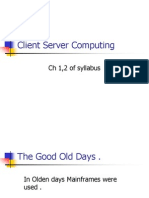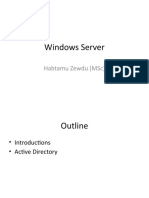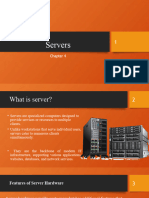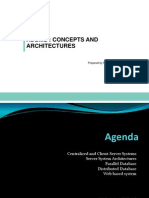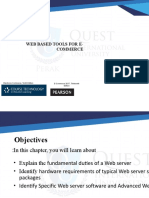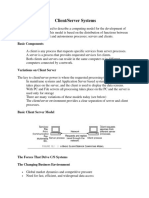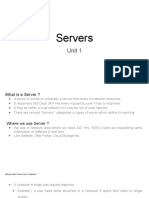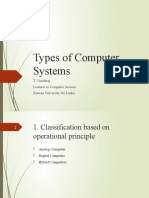0% found this document useful (0 votes)
15 views67 pagesNetwork Administration-An Introduction
Chapter 3 discusses the essential hardware requirements for workstations and servers, emphasizing the need for powerful processors, adequate memory, and reliable storage solutions. It highlights the importance of server reliability, scalability, and fault tolerance, detailing characteristics and technologies like RAID and UPS. The chapter also covers the design of scalable servers, including load balancing and request dispatching mechanisms to handle increasing workloads effectively.
Uploaded by
dawitabera1885Copyright
© © All Rights Reserved
We take content rights seriously. If you suspect this is your content, claim it here.
Available Formats
Download as PDF, TXT or read online on Scribd
0% found this document useful (0 votes)
15 views67 pagesNetwork Administration-An Introduction
Chapter 3 discusses the essential hardware requirements for workstations and servers, emphasizing the need for powerful processors, adequate memory, and reliable storage solutions. It highlights the importance of server reliability, scalability, and fault tolerance, detailing characteristics and technologies like RAID and UPS. The chapter also covers the design of scalable servers, including load balancing and request dispatching mechanisms to handle increasing workloads effectively.
Uploaded by
dawitabera1885Copyright
© © All Rights Reserved
We take content rights seriously. If you suspect this is your content, claim it here.
Available Formats
Download as PDF, TXT or read online on Scribd
/ 67








